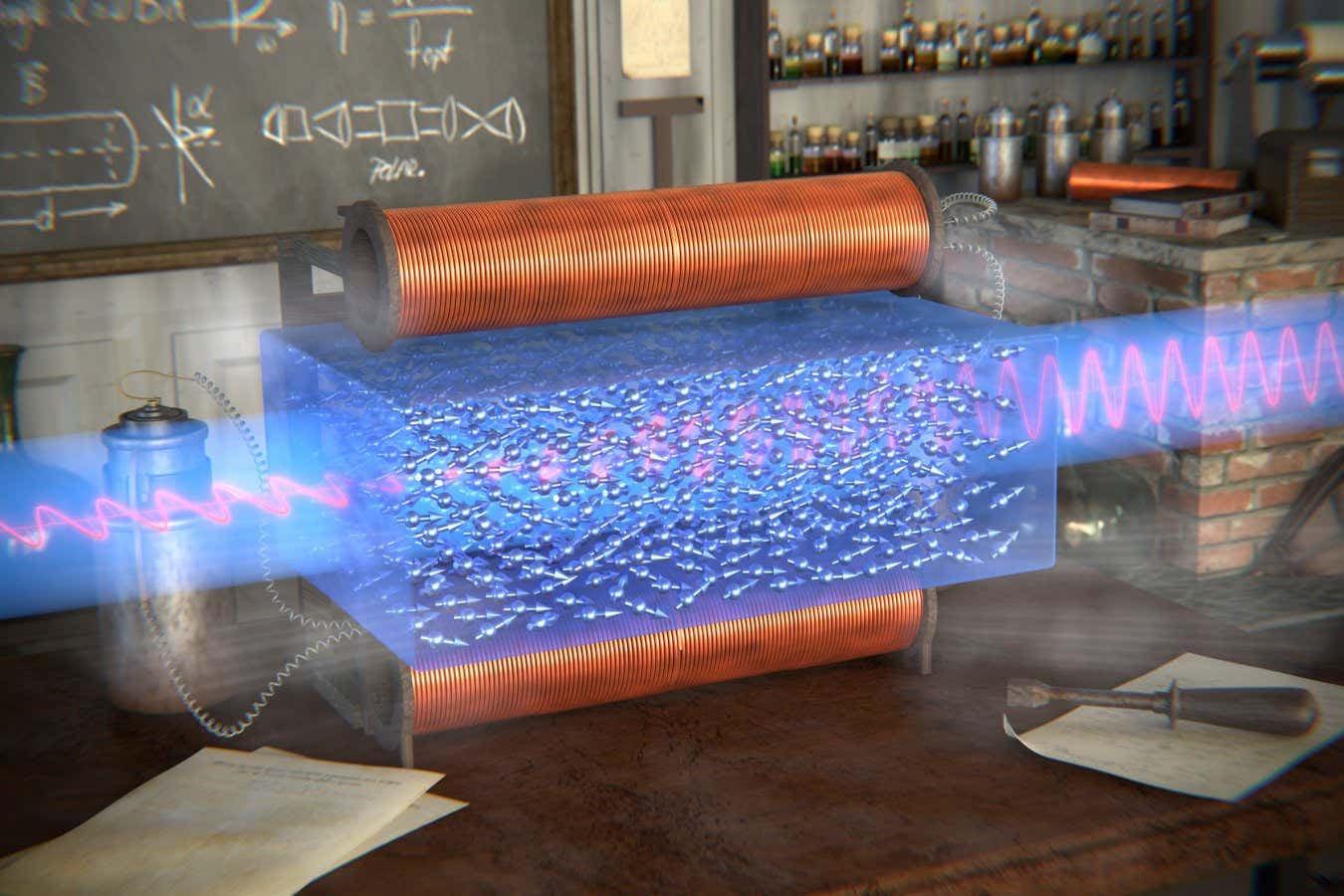Government turns recommendations into requirements as crippling attacks rise
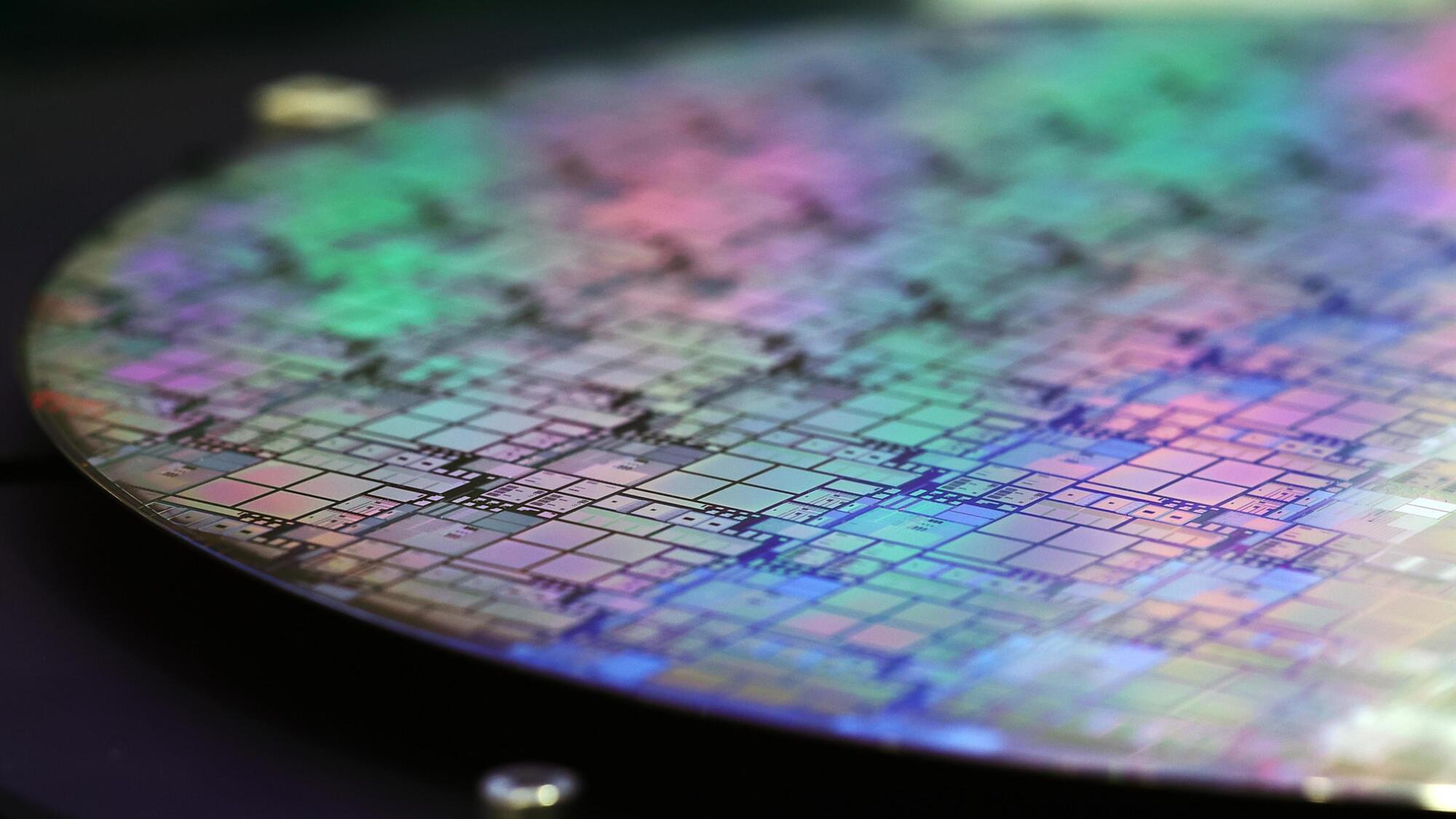


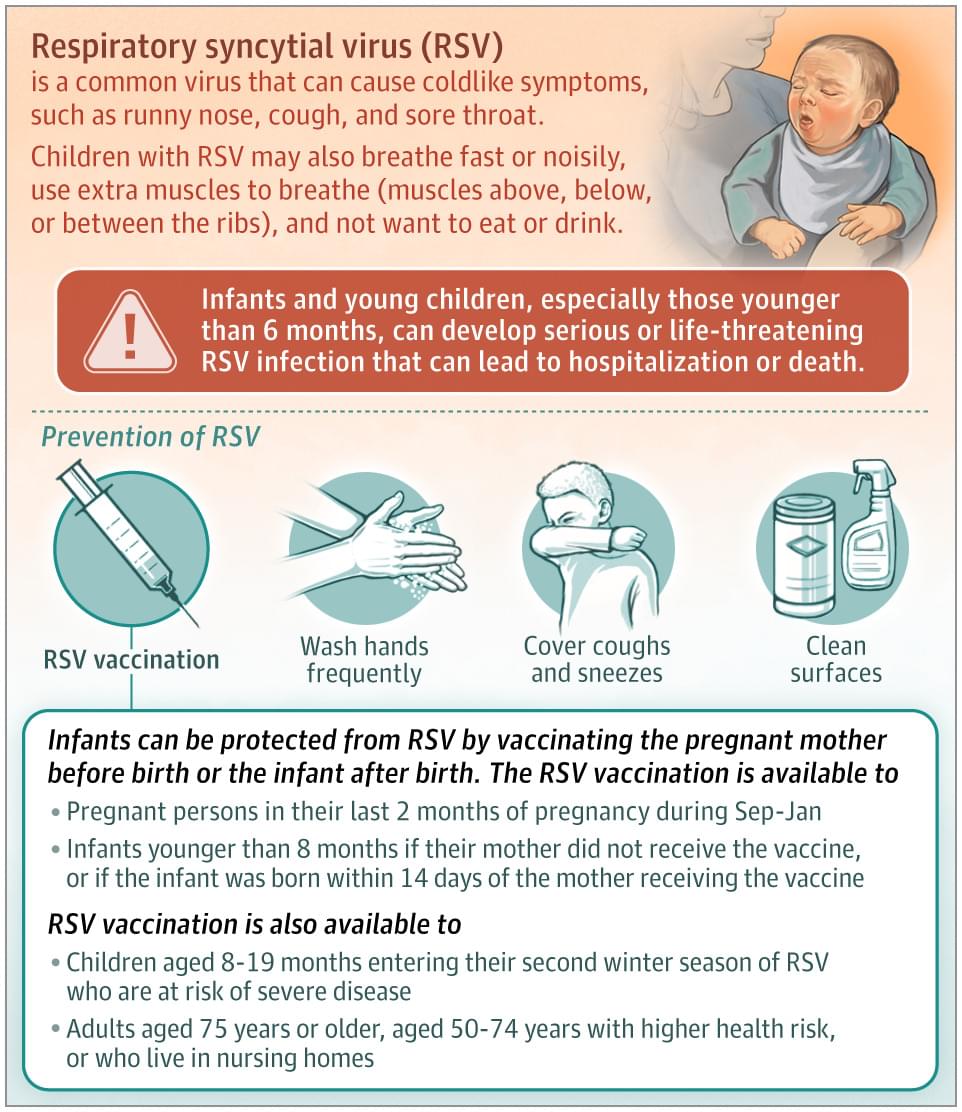
Respiratory syncytial virus (RSV) is a common virus that affects the breathing system and causes symptoms like runny nose, cough, and sore throat.
This JAMA Pediatrics Patient Page describes RSV in children and how to prevent its spread.
This JAMA Pediatrics Patient Page describes respiratory syncytial virus (RSV) in children and how to prevent its spread.
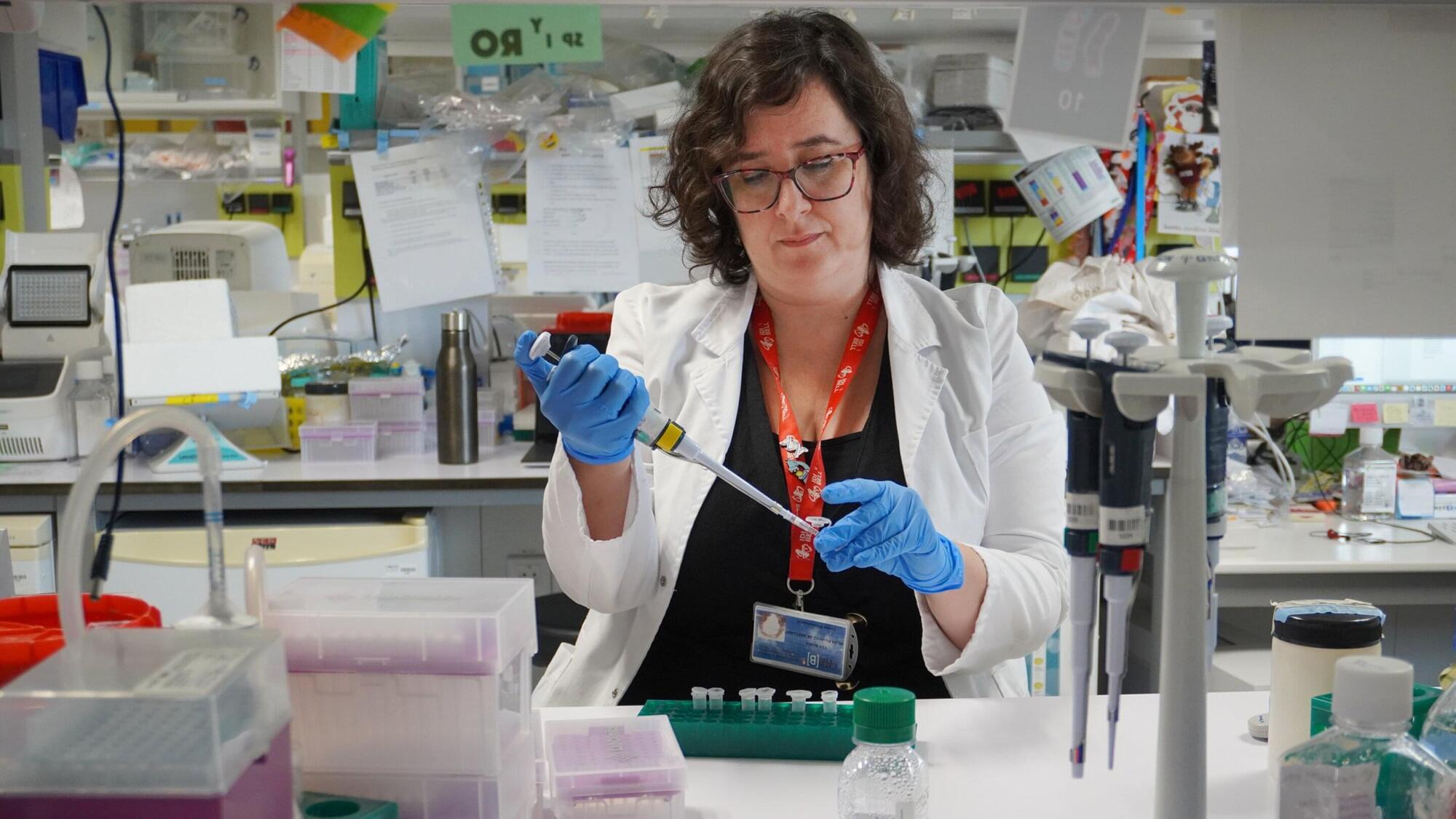
Aging is defined as the deterioration of function over time, and it is one of the main risk factors for numerous chronic diseases. Although aging is a complex phenomenon affecting the whole organism, it is proved that the solely manifestation of aging in the hematopoietic system affects the whole organism. Last September, Dr. M. Carolina Florian and her team revealed the significance of using blood stem cells to pharmacologically target aging of the whole body, thereby suggesting rejuvenating strategies that could extend healthspan and lifespan.
Now, in a Nature Aging, they propose rejuvenating aged blood stem cells by treating them with the drug Rhosin, a small molecule that inhibits RhoA, a protein that is highly activated in aged hematopoietic stem cells. This study combined in vivo and in vitro assays at IDIBELL together with innovative machine learning techniques by the Barcelona Institute for Global Health (ISGlobal), a center supported by the “la Caixa” Foundation, and the Barcelona Supercomputing Center.

Researchers have created an artificial intelligence model that can identify which mutations in human proteins are most likely to cause disease, even when those mutations have never been seen before in any person.
The model, called popEVE, was created using data from hundreds of thousands of different species and of genetic variation across the human population. The vast evolutionary record allows the tool to see which parts of every one of the roughly 20,000 human proteins are essential for life and which can tolerate change.
That allows popEVE to not only identify disease-causing mutations but also rank how severe they are across the body. The findings, published today in Nature Genetics by researchers at Harvard Medical School and the Center for Genomic Regulation (CRG) in Barcelona, could transform how doctors diagnose genetic disease.

The accurate transition from G1 phase of the cell cycle to S phase is crucial for the control of eukaryotic cell proliferation, and its misregulation promotes oncogenesis. During G1 phase, growth-dependent cyclin-dependent kinase (CDK) activity promotes DNA replication and initiates G1-to-S phase transition. CDK activation initiates a positive feedback loop that further increases CDK activity, and this commits the cell to division by inducing genome-wide transcriptional changes. G1–S transcripts encode proteins that regulate downstream cell cycle events. Recent work is beginning to reveal the complex molecular mechanisms that control the temporal order of transcriptional activation and inactivation, determine distinct functional subgroups of genes and link cell cycle-dependent transcription to DNA replication stress in yeast and mammals.
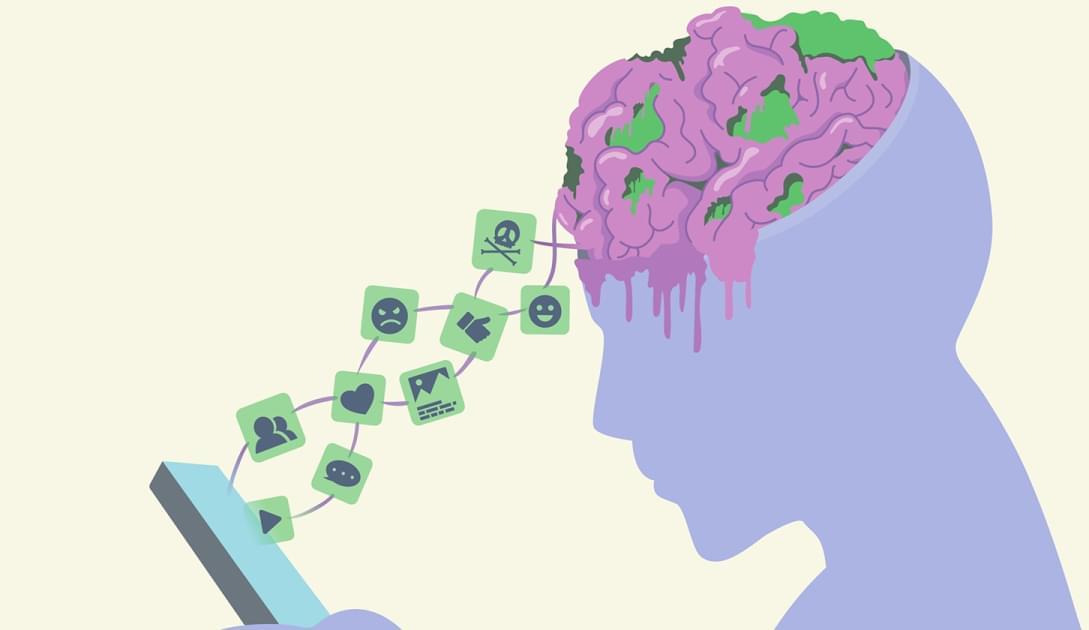
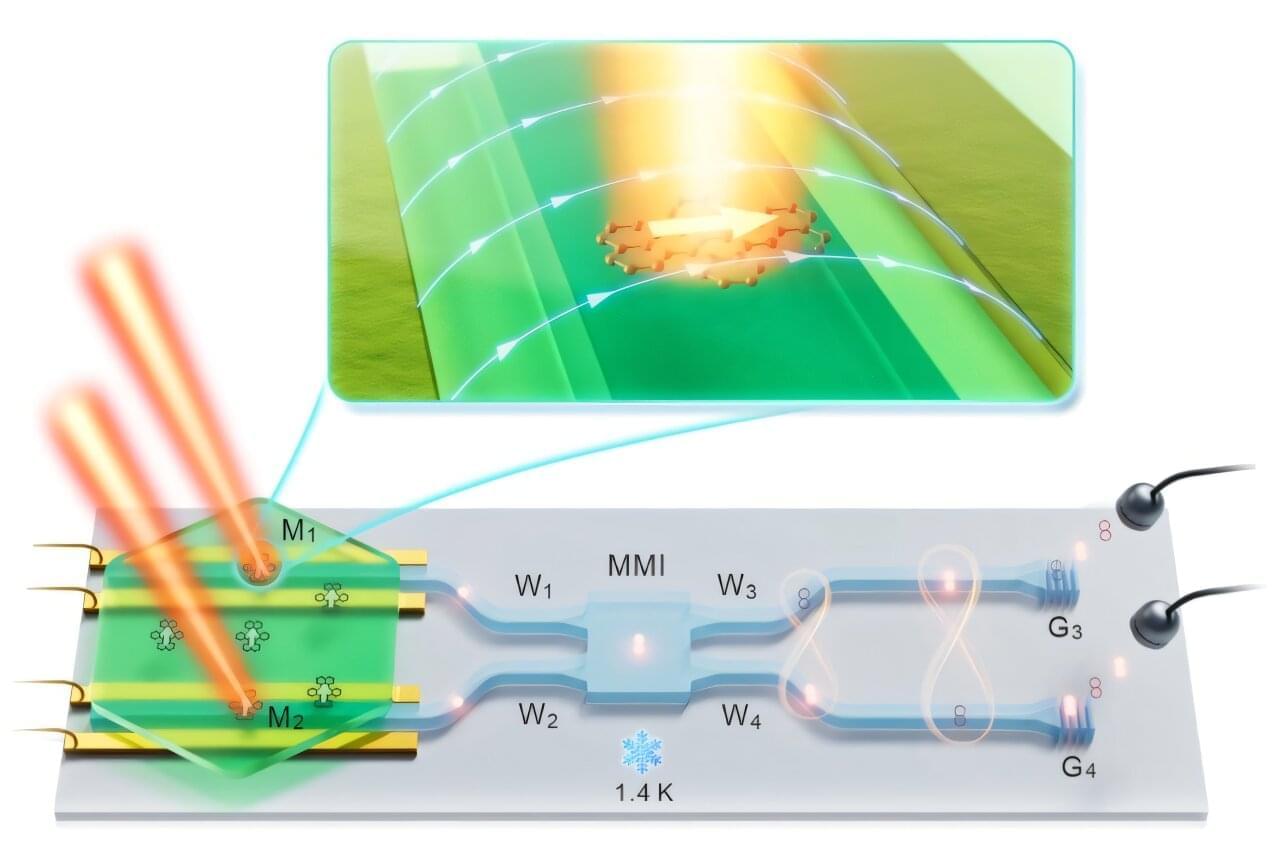
Photonic quantum processors, devices that can process information leveraging quantum mechanical effects and particles of light (photons), have shown promise for numerous applications, ranging from computations and communications to the simulation of complex quantum systems.
To be deployed in real-world settings, however, these photonic chips should reliably integrate many deterministic and indistinguishable single-photon sources on a single chip.
So far, achieving this has proved highly challenging. Most such photonic quantum chips developed so far utilize solid-state single-photon emitters that are limited by so-called spectral diffusion (i.e., the random “wandering” of their emission frequency).

